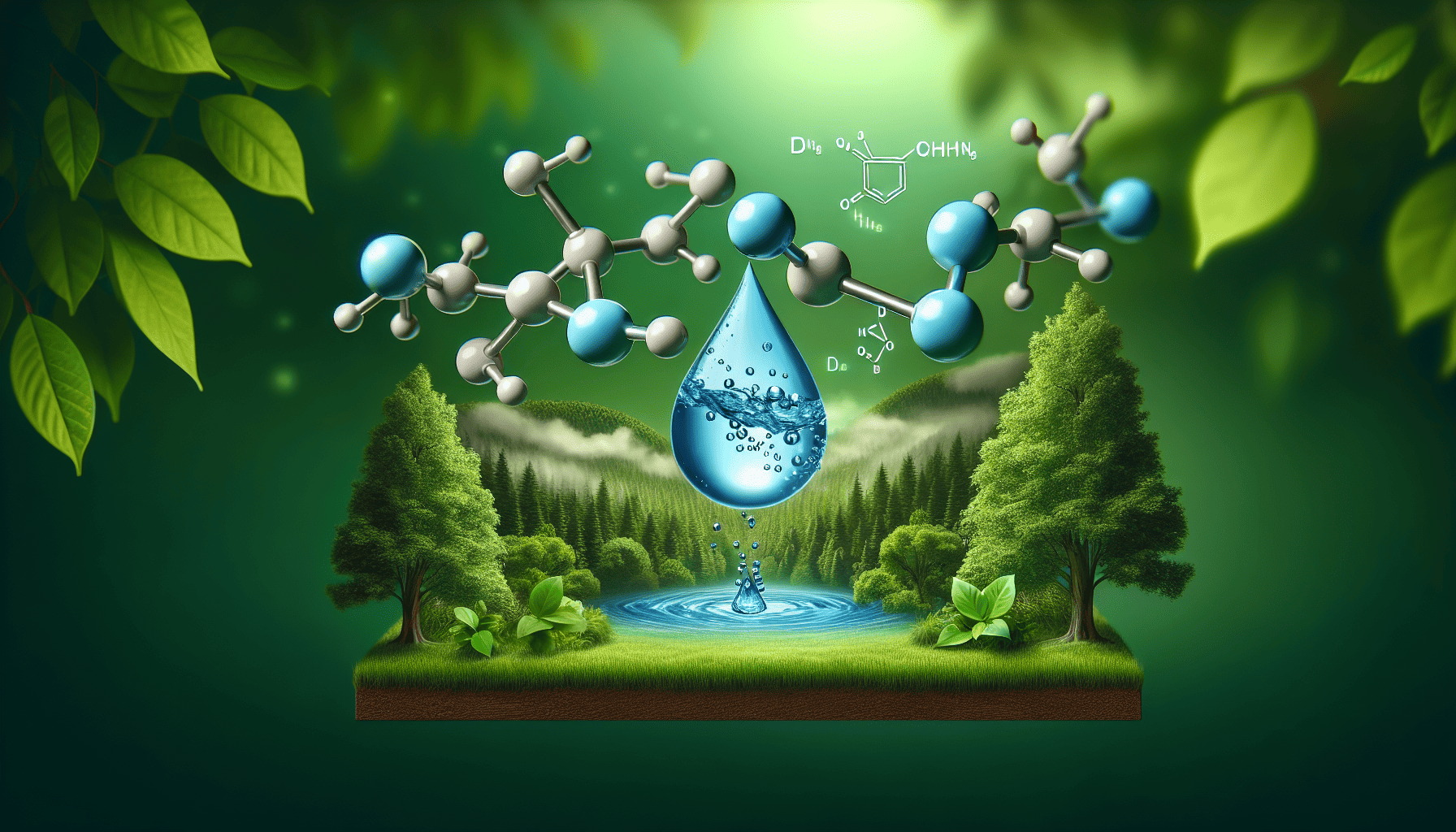Nanotechnology, the manipulation of matter at the atomic and molecular levels, offers unprecedented opportunities for environmental protection. As the world faces escalating challenges such as pollution, water scarcity, and the need for sustainable resource use, the application of nanotechnology emerges as a significant force in addressing these issues.
One of the most promising contributions of nanotechnology to environmental protection is in the area of pollution control. Nanomaterials have unique properties that make them highly effective in identifying and neutralizing pollutants. For example, nanoscale catalysts can speed up chemical reactions, breaking down harmful substances into less toxic components. This technology is particularly useful in tackling air pollutants, where traditional methods fall short. For instance, nanoparticles are utilized in vehicle exhaust systems to filter out harmful emissions, thereby reducing air pollution significantly.
Water purification is another critical area where nanotechnology shines. Access to clean water is a pressing global issue, with many regions suffering from severe water shortages. Nanotechnology addresses this challenge by providing advanced filtration systems that remove contaminants at an atomic level. Nanofilters, made from materials such as graphene, not only effectively remove bacteria, viruses, and heavy metals from water but also enhance the efficiency of desalination processes, making the conversion of seawater to potable water more viable. This breakthrough is crucial for providing safe drinking water in drought-prone and remote areas.
The development of sustainable materials is another notable contribution of nanotechnology to environmental protection. Traditional materials often rely on resource-intensive processes that deplete natural resources and generate significant waste. Nanotechnology allows for the creation of more sustainable alternatives. For example, nanocomposites can replace conventional materials in the construction and automotive industries, offering enhanced strength, durability, and reduced weight. This shift not only conserves resources but also leads to energy savings and lower emissions during the lifecycle of these products.
Furthermore, nanotechnology can improve the efficiency of renewable energy systems. Innovations in this field are paving the way for more efficient solar panels, capable of capturing and converting sunlight into energy with minimal waste. Nanostructured materials are also crucial in the development of energy storage devices like batteries and supercapacitors, which are essential for the widespread adoption of renewable energy sources.
While the potential of nanotechnology in environmental protection is vast, it is crucial to address the associated challenges and risks. The impact of nanoparticles on human health and ecosystems needs thorough investigation and regulation to ensure that these innovations do not inadvertently cause harm. As research and development in this field continue to advance, the goal is to create technologies that are not only effective but also safe and sustainable.
In conclusion, nanotechnology stands at the forefront of a technological revolution poised to revolutionize our approach to environmental protection. By enabling advancements in pollution control, water purification, and sustainable material development, it holds the promise of creating a cleaner, healthier, and more sustainable future. As we harness these tiny technologies, we move closer to solving some of the most pressing environmental issues of our time.
